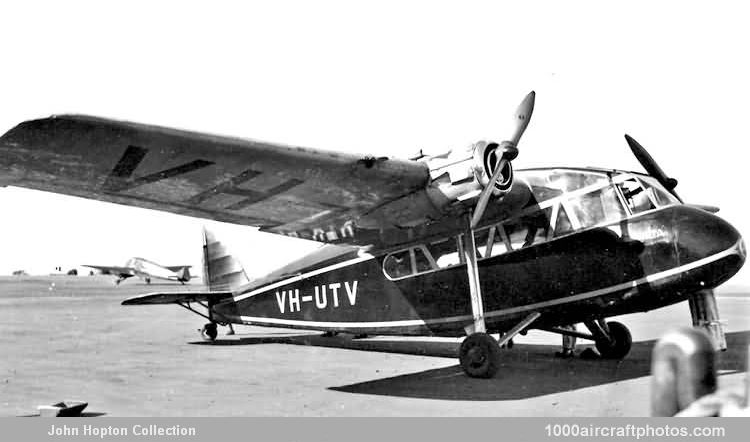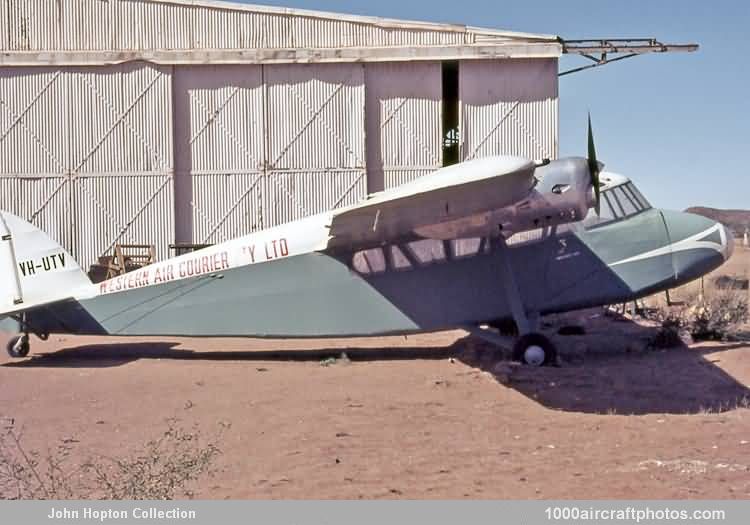04/30/2009. Remarks by Johan Visschedijk: "Designed by Arthur Gouge the S.16 feeder-liner could seat a pilot and five passengers in a welded steel fuselage. Two 75 hp Pobjoy R radials were fitted to the fabric covered metal wing. The prototype G-ACJI was first flown at Gravesend by Shorts' Chief Test Pilot John Lankester Parker on August 18, 1933.
It was followed by four production aircraft, G-AGUV to G-AGUY, of which the first flew just in time to demonstrate at the Hendon SBAC Show of July 1, 1934. By September G-ACJI and G-AGUV had flown 1,082 scheduled flights from Rochester to Southend, establishing a reputation for reliability.
These flight trials led to the Scion II with raised engine nacelles to bring the thrust line level with the leading edge of the wing, while also a sixth passenger seat was added, and the first, G-ACUZ, flew on February 13, 1935. A batch of ten aircraft was constructed at the new facility at Rochester Airport, were after production was taken over by Pobjoy Airmotors and Aircraft, also at Rochester, producing six near identical Scion IIs, designated S.16/1.
For the pictured aircraft the registration G-ADDW was reserved but not taken up, first flown on March 9, 1936 as VH-UTV the aircraft was sold to Adelaide Airways (AA) of Australia. After AA was absorbed in the newly formed Australian National Airways in July 1936, the aircraft was named Moata.
Subsequently is has been owned/operated by J.P. Hellow and L.B. Richards, Robert Bryce, Guinea Airways, N. Padgett, Connellan Airways, A. Collins, Dogett Aviation & Engineering, and E. Connellan. In 1945 VH-UTV had been re-engined with two 90 hp de Havilland Gipsy Minor engines.

